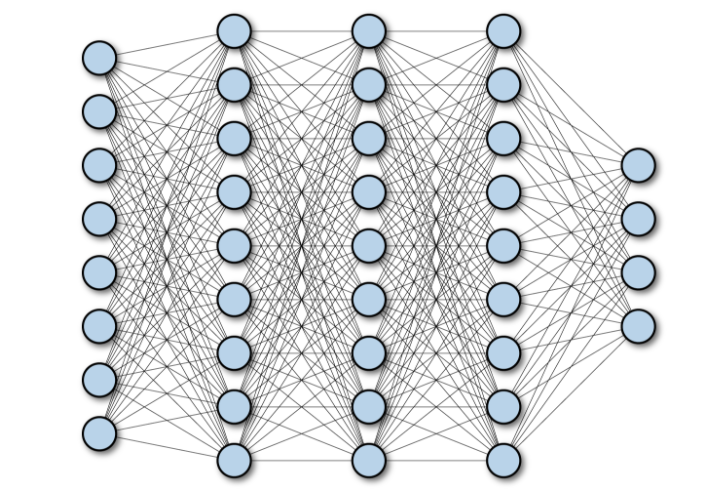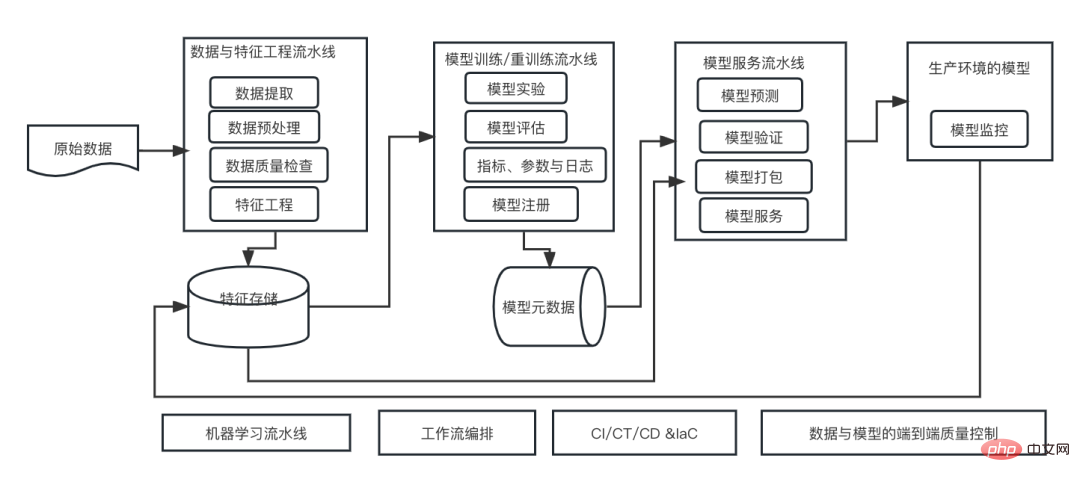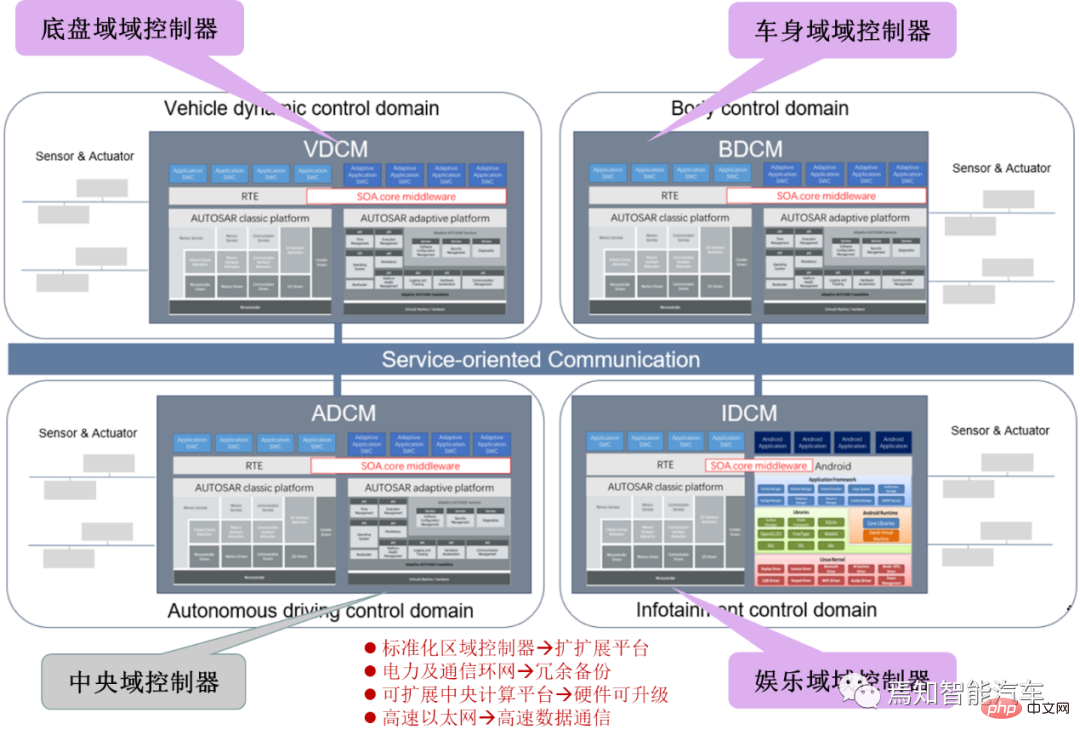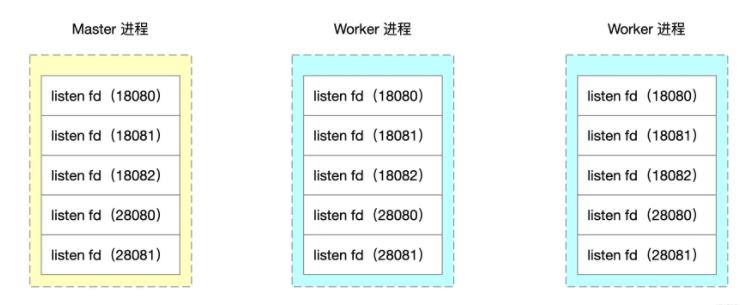
How to design a PHP architecture with high concurrency
With the rapid development of the Internet, high concurrency has become a challenge faced by many websites and applications. How to design a high-concurrency PHP architecture so that a website or application can maintain high performance and stability when a large number of users access it at the same time has become an important issue that developers need to think about and solve.
This article will introduce some common PHP architecture design strategies and provide corresponding code examples to help readers better understand and practice.
- Use cache acceleration
Cache is a common means to improve performance, which is especially important in high concurrency situations. By caching frequently accessed data in memory, repeated calculations and database accesses are avoided, improving responsiveness and concurrency.
The following is an example of using Redis as a caching technology:
<?php
// 连接Redis服务器
$redis = new Redis();
$redis->connect('127.0.0.1', 6379);
// 尝试从缓存中获取数据
$data = $redis->get('key');
if ($data === false) {
// 缓存不存在,从数据库中获取数据
$data = fetch_data_from_db();
// 将数据存入缓存
$redis->set('key', $data);
}
// 处理数据
process_data($data);
?>- Load balancer
A load balancer can spread access traffic to multiple on the server, thereby improving the concurrency and stability of the entire system. Common load balancing algorithms include round robin, random and least number of connections.
The following is an example configuration using Nginx as a load balancer:
http {
upstream backend {
server backend1.example.com;
server backend2.example.com;
server backend3.example.com;
}
server {
listen 80;
server_name example.com;
location / {
proxy_pass http://backend;
}
}
}- Asynchronous processing
In high concurrency scenarios, synchronous processing method May cause performance bottlenecks. Using asynchronous processing allows the system to handle concurrent requests more efficiently and improves the system's throughput and response speed.
The following is an example of using Swoole as an asynchronous processing framework:
<?php
$server = new SwooleHttpServer("127.0.0.1", 9501);
$server->on('request', function ($request, $response) {
$response->header("Content-Type", "text/plain");
$response->end("Hello World
");
});
$server->start();
?>- Database Optimization
The database is the bottleneck of many applications. In the face of high concurrency, the concurrency capabilities of the database can be improved by optimizing database design, adding indexes, sub-databases and tables.
The following is an example of using MySQL sub-database and table:
<?php
function get_db_conn($user_id) {
// 实现根据用户ID获取对应的数据库连接
// ...
}
function query_user($user_id) {
$conn = get_db_conn($user_id);
// 执行数据库查询操作
// ...
}
?>- Write efficient PHP code
Efficient PHP code can reduce system resources Consumption, improve system performance and concurrency capabilities. Here are some tips for writing efficient PHP code:
- Reduce unnecessary loops and recursions
- Use appropriate data structures and algorithms
- Avoid multiple database accesses Or interface
- Use caching and cache invalidation strategies
- Reasonably use PHP’s built-in functions and extensions
Summary
Design a set of high concurrency PHP architecture requires comprehensive consideration of many aspects, including cache acceleration, load balancing, asynchronous processing, database optimization, and writing efficient code. This article describes some common design strategies and provides corresponding code examples. I hope readers can use these examples flexibly in practice to build high-performance and high-concurrency PHP applications.
The above is the detailed content of How to design a PHP architecture with high concurrency. For more information, please follow other related articles on the PHP Chinese website!
 深度学习架构的对比分析May 17, 2023 pm 04:34 PM
深度学习架构的对比分析May 17, 2023 pm 04:34 PM深度学习的概念源于人工神经网络的研究,含有多个隐藏层的多层感知器是一种深度学习结构。深度学习通过组合低层特征形成更加抽象的高层表示,以表征数据的类别或特征。它能够发现数据的分布式特征表示。深度学习是机器学习的一种,而机器学习是实现人工智能的必经之路。那么,各种深度学习的系统架构之间有哪些差别呢?1.全连接网络(FCN)完全连接网络(FCN)由一系列完全连接的层组成,每个层中的每个神经元都连接到另一层中的每个神经元。其主要优点是“结构不可知”,即不需要对输入做出特殊的假设。虽然这种结构不可知使得完
 此「错」并非真的错:从四篇经典论文入手,理解Transformer架构图「错」在何处Jun 14, 2023 pm 01:43 PM
此「错」并非真的错:从四篇经典论文入手,理解Transformer架构图「错」在何处Jun 14, 2023 pm 01:43 PM前段时间,一条指出谷歌大脑团队论文《AttentionIsAllYouNeed》中Transformer构架图与代码不一致的推文引发了大量的讨论。对于Sebastian的这一发现,有人认为属于无心之过,但同时也会令人感到奇怪。毕竟,考虑到Transformer论文的流行程度,这个不一致问题早就应该被提及1000次。SebastianRaschka在回答网友评论时说,「最最原始」的代码确实与架构图一致,但2017年提交的代码版本进行了修改,但同时没有更新架构图。这也是造成「不一致」讨论的根本原因。
 多路径多领域通吃!谷歌AI发布多领域学习通用模型MDLMay 28, 2023 pm 02:12 PM
多路径多领域通吃!谷歌AI发布多领域学习通用模型MDLMay 28, 2023 pm 02:12 PM面向视觉任务(如图像分类)的深度学习模型,通常用来自单一视觉域(如自然图像或计算机生成的图像)的数据进行端到端的训练。一般情况下,一个为多个领域完成视觉任务的应用程序需要为每个单独的领域建立多个模型,分别独立训练,不同领域之间不共享数据,在推理时,每个模型将处理特定领域的输入数据。即使是面向不同领域,这些模型之间的早期层的有些特征都是相似的,所以,对这些模型进行联合训练的效率更高。这能减少延迟和功耗,降低存储每个模型参数的内存成本,这种方法被称为多领域学习(MDL)。此外,MDL模型也可以优于单
 机器学习系统架构的十个要素Apr 13, 2023 pm 11:37 PM
机器学习系统架构的十个要素Apr 13, 2023 pm 11:37 PM这是一个AI赋能的时代,而机器学习则是实现AI的一种重要技术手段。那么,是否存在一个通用的通用的机器学习系统架构呢?在老码农的认知范围内,Anything is nothing,对系统架构而言尤其如此。但是,如果适用于大多数机器学习驱动的系统或用例,构建一个可扩展的、可靠的机器学习系统架构还是可能的。从机器学习生命周期的角度来看,这个所谓的通用架构涵盖了关键的机器学习阶段,从开发机器学习模型,到部署训练系统和服务系统到生产环境。我们可以尝试从10个要素的维度来描述这样的一个机器学习系统架构。1.
 SOA中的软件架构设计及软硬件解耦方法论Apr 08, 2023 pm 11:21 PM
SOA中的软件架构设计及软硬件解耦方法论Apr 08, 2023 pm 11:21 PM对于下一代集中式电子电器架构而言,采用central+zonal 中央计算单元与区域控制器布局已经成为各主机厂或者tier1玩家的必争选项,关于中央计算单元的架构方式,有三种方式:分离SOC、硬件隔离、软件虚拟化。集中式中央计算单元将整合自动驾驶,智能座舱和车辆控制三大域的核心业务功能,标准化的区域控制器主要有三个职责:电力分配、数据服务、区域网关。因此,中央计算单元将会集成一个高吞吐量的以太网交换机。随着整车集成化的程度越来越高,越来越多ECU的功能将会慢慢的被吸收到区域控制器当中。而平台化
 AI基础设施:IT和数据科学团队协作的重要性May 18, 2023 pm 11:08 PM
AI基础设施:IT和数据科学团队协作的重要性May 18, 2023 pm 11:08 PM人工智能(AI)已经改变了许多行业的游戏规则,使企业能够提高效率、决策制定和客户体验。随着人工智能的不断发展和变得越来越复杂,企业投资于合适的基础设施来支持其开发和部署至关重要。该基础设施的一个关键方面是IT和数据科学团队之间的协作,因为两者在确保人工智能计划的成功方面都发挥着关键作用。人工智能的快速发展导致对计算能力、存储和网络能力的需求不断增加。这种需求给传统IT基础架构带来了压力,而传统IT基础架构并非旨在处理AI所需的复杂和资源密集型工作负载。因此,企业现在正在寻求构建能够支持AI工作负
 2023年值得了解的几个前端格式化工具【总结】Sep 30, 2022 pm 02:17 PM
2023年值得了解的几个前端格式化工具【总结】Sep 30, 2022 pm 02:17 PMeslint 使用eslint的生态链来规范开发者对js/ts基本语法的规范。防止团队的成员乱写. 这里主要使用到的eslint的包有以下几个: 使用的以下语句来按照依赖: 接下来需要对eslint的
 深析如何通过Nginx源码来实现worker进程隔离Nov 06, 2022 pm 04:41 PM
深析如何通过Nginx源码来实现worker进程隔离Nov 06, 2022 pm 04:41 PM本文给大家介绍如何通过修改Nginx源码实现基于端口号的 Nginx worker进程隔离方案。看看到底怎么修改Nginx源码,还有Nginx事件循环、Nginx 进程模型、fork资源共享相关的知识。


Hot AI Tools

Undresser.AI Undress
AI-powered app for creating realistic nude photos

AI Clothes Remover
Online AI tool for removing clothes from photos.

Undress AI Tool
Undress images for free

Clothoff.io
AI clothes remover

AI Hentai Generator
Generate AI Hentai for free.

Hot Article

Hot Tools

Atom editor mac version download
The most popular open source editor

Notepad++7.3.1
Easy-to-use and free code editor

SAP NetWeaver Server Adapter for Eclipse
Integrate Eclipse with SAP NetWeaver application server.

VSCode Windows 64-bit Download
A free and powerful IDE editor launched by Microsoft

Safe Exam Browser
Safe Exam Browser is a secure browser environment for taking online exams securely. This software turns any computer into a secure workstation. It controls access to any utility and prevents students from using unauthorized resources.





